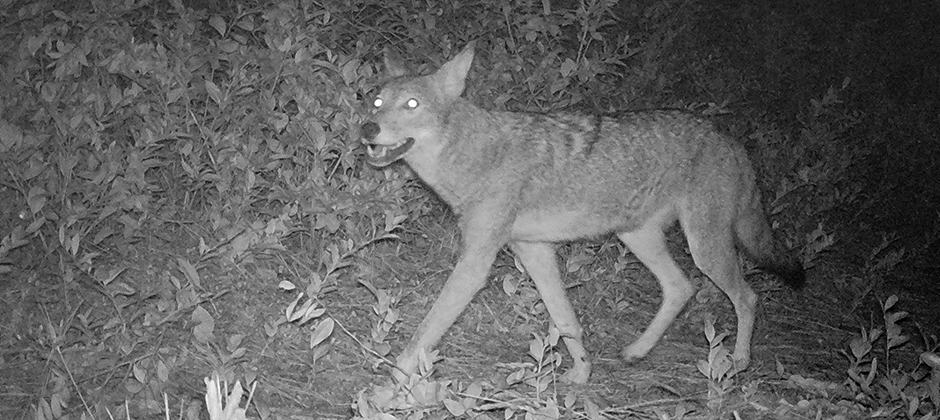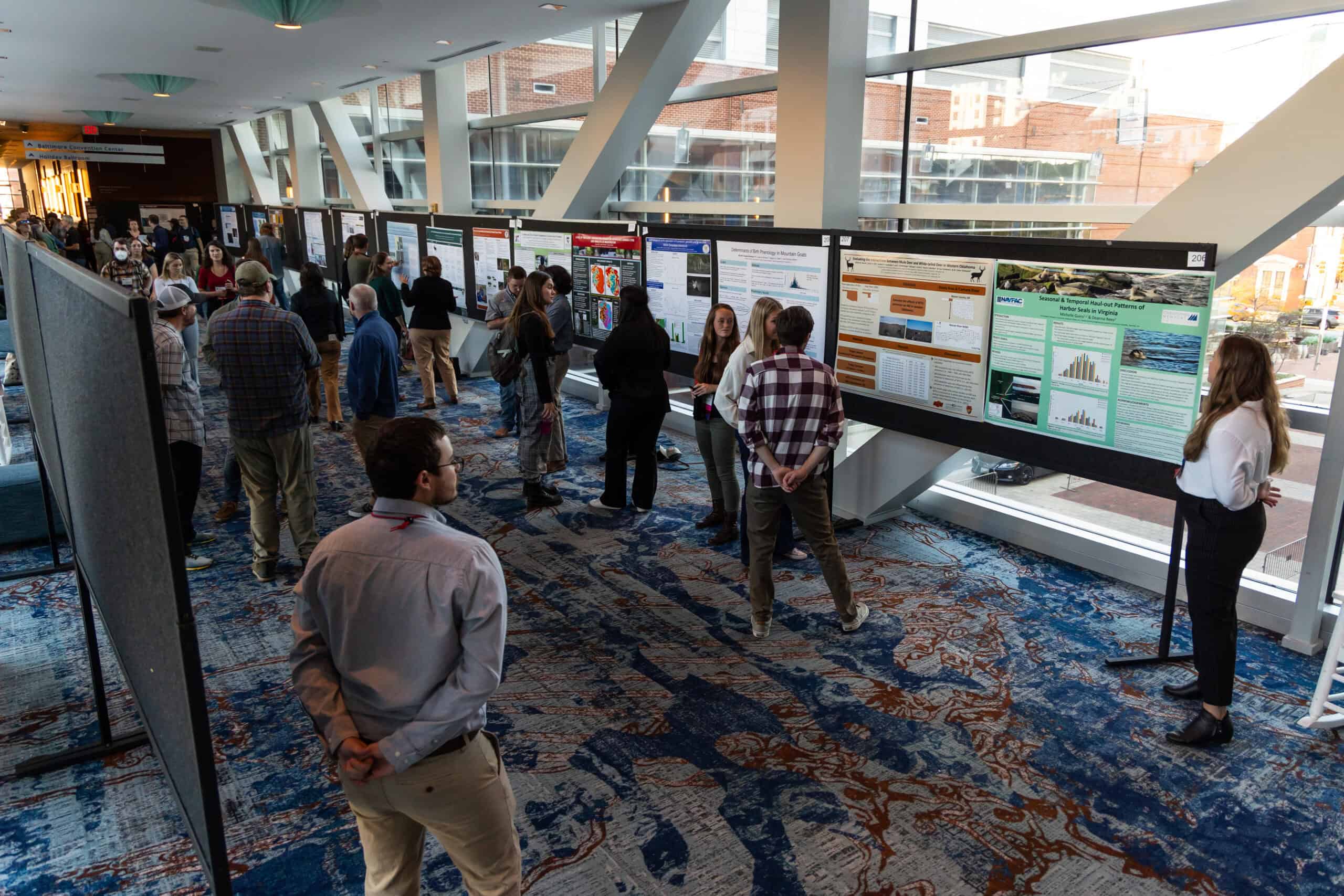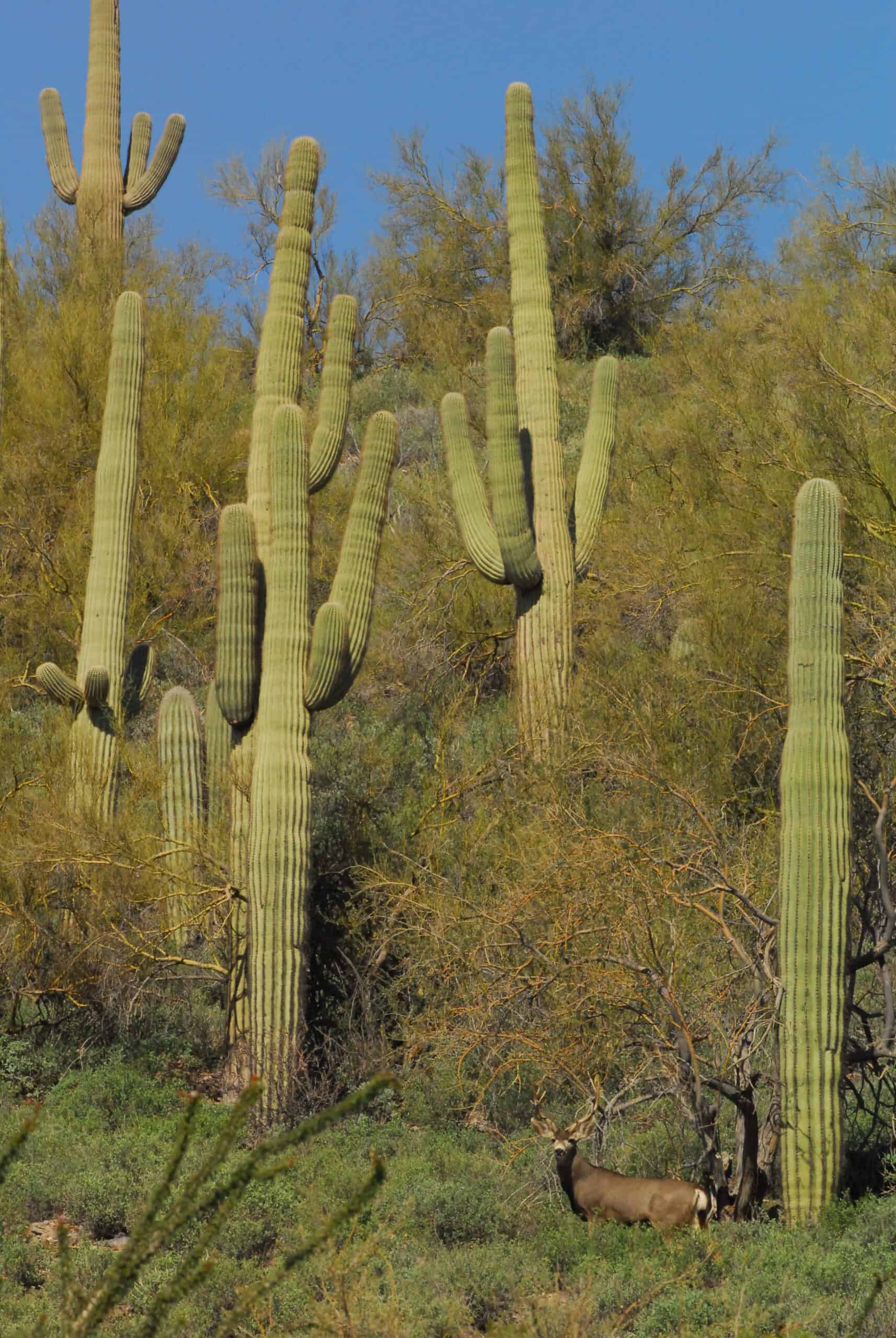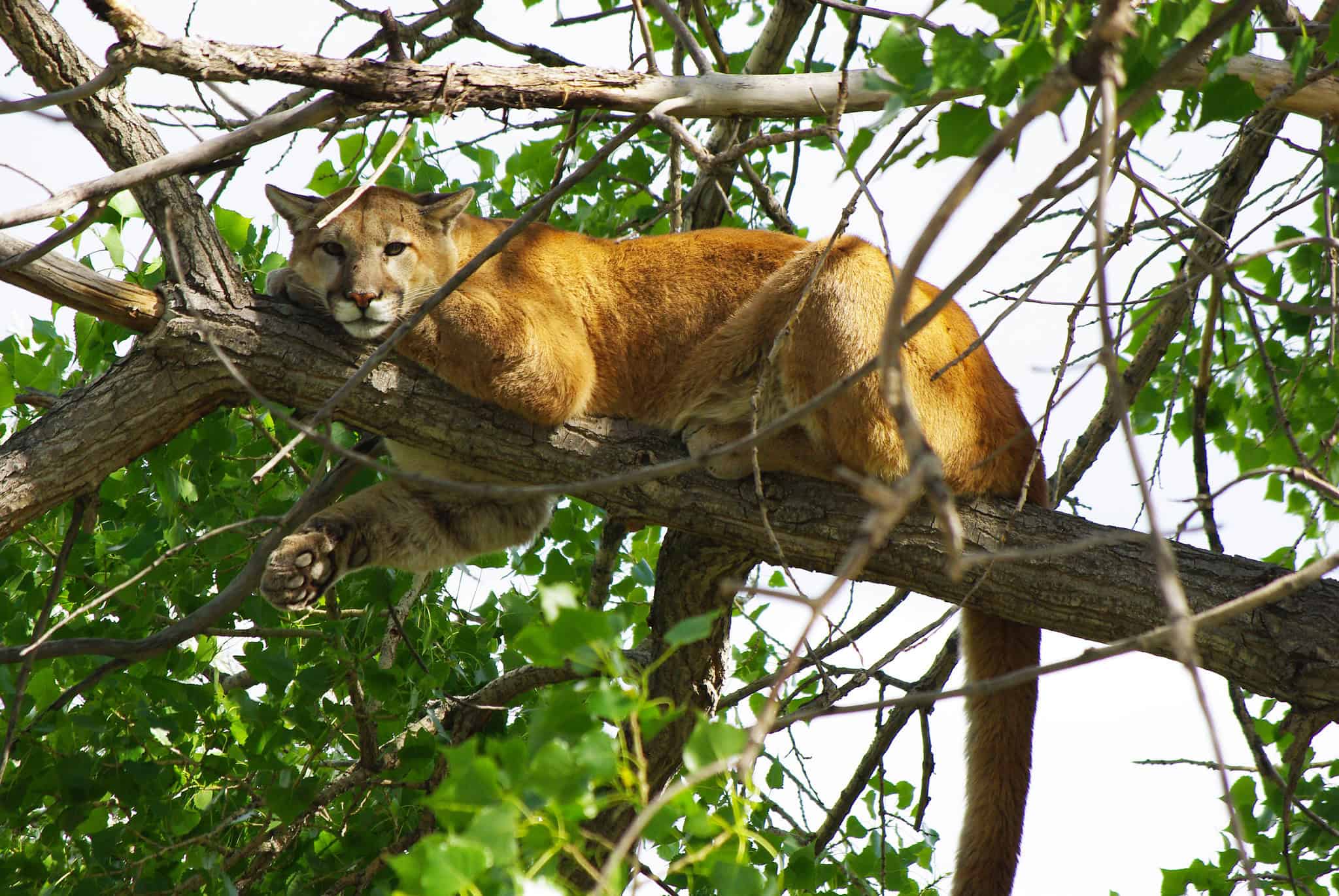Share this article
In North Carolina, attitudes toward coyotes differ
Over the last few years, local news stations and publications in North Carolina’s New Hanover County have featured stories on coyote-human conflict. Even social media and a mobile app that connects neighbors to one another have been peppered with coyote news.
With these stories getting out to the public, researchers wondered what people’s opinions are on the species, which is not native to the North Carolina but has expanded its range into the state and became established in New Hanover County 2000.
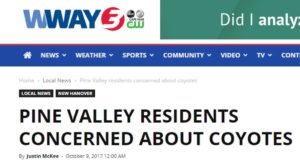
News stories like this one inspired Rachael Urbanek to survey residents about coyotes in the county.
Image Credit: WWAY3
“In October 2017, I counted seven different news articles about coyote interactions in our county,” said TWS member Rachael Urbanek, an associate professor of environmental sciences at the University of North Carolina Wilmington. “We wanted to try to get a pulse on what we’re doing here and what’s going on with coyotes.”
Urbanek co-authored a study published in Human Dimensions of Wildlife with her graduate student and lead author Rebecca Buteau and co-author Chris Dumas in which they sent out surveys to find out how people view coyotes and management actions.
The team targeted the survey questions to find out what kinds of interactions people were having, what they perceived as interactions, what management techniques they would prefer and more. They also collected demographic information on survey takers to see how different people’s opinions differed.
Urbanek and her colleagues found that fewer than half the people surveyed actually had an interaction with a coyote or even saw one. “But my interest with urban wildlife is to be more preventative than reactionary,” she said.
After reviewing the survey data, they found that most people wanted to be educated about coyotes. “Countywide, everybody liked the public education idea,” she said. People overall were also slightly more accepting of trapping and euthanasia of coyotes than no management action.
But they also found that demographic groups mattered when it came to opinions about managing coyotes. Female respondents, younger respondents and members of animal rights groups preferred no management for coyotes to trapping and euthanasia. People who considered coyotes to be native also preferred no management. But men, older people and people who viewed coyotes as invasive species tended to think trapping and euthanasia were better than no management.
Urbanek said the state agency can take this information to inform particular groups about coyotes and their management and correct misconceptions.
They also plan to publish future research delving deeper into what people perceive as interaction and what people would perceive is happening when different management techniques are applied. In addition, they plan to look at the financial side and people’s perceptions of costs of management actions.
“These are really useful tools to gauge what your public is feeling about a certain species and setting a baseline of what interactions people have and particular concerns about management techniques,” Urbanek said. “It’s better to have the conversation earlier rather than waiting, and all of a sudden the real loud voices want something to be done.”
Header Image: A trail camera captures an image of a coyote on the University of North Carolina Wilmington campus. Surveys revealed residents wanted to be educated about coyotes in urban areas. Credit: Rachael Urbanek



